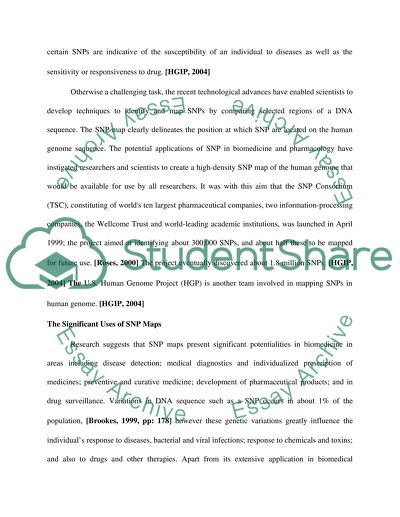Cite this document
(“The SNP mapping Essay Example | Topics and Well Written Essays - 1250 words”, n.d.)
The SNP mapping Essay Example | Topics and Well Written Essays - 1250 words. Retrieved from https://studentshare.org/technology/1519561-the-snp-mapping
The SNP mapping Essay Example | Topics and Well Written Essays - 1250 words. Retrieved from https://studentshare.org/technology/1519561-the-snp-mapping
(The SNP Mapping Essay Example | Topics and Well Written Essays - 1250 Words)
The SNP Mapping Essay Example | Topics and Well Written Essays - 1250 Words. https://studentshare.org/technology/1519561-the-snp-mapping.
The SNP Mapping Essay Example | Topics and Well Written Essays - 1250 Words. https://studentshare.org/technology/1519561-the-snp-mapping.
“The SNP Mapping Essay Example | Topics and Well Written Essays - 1250 Words”, n.d. https://studentshare.org/technology/1519561-the-snp-mapping.


